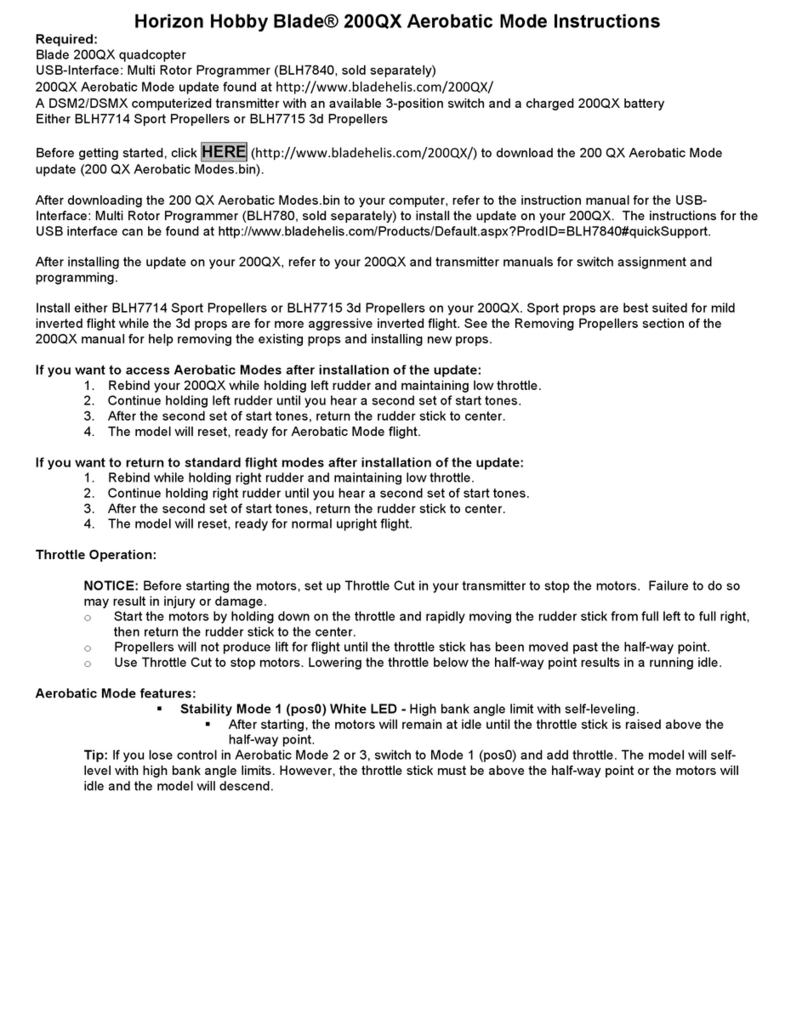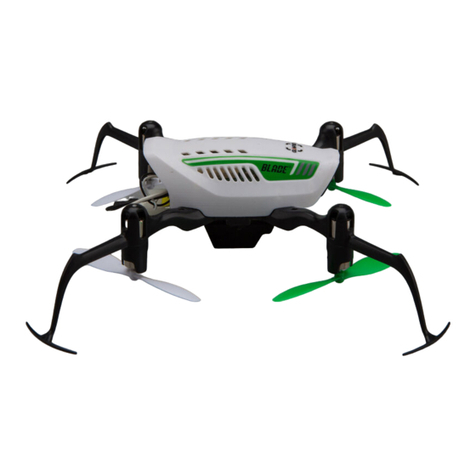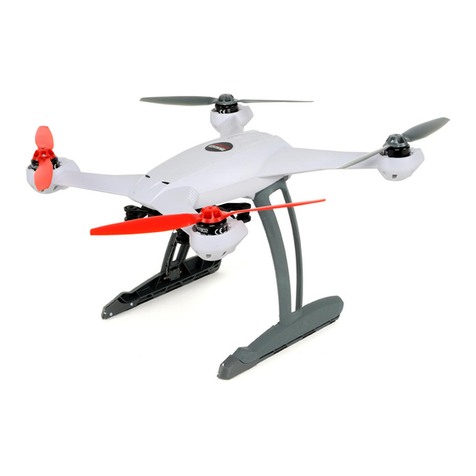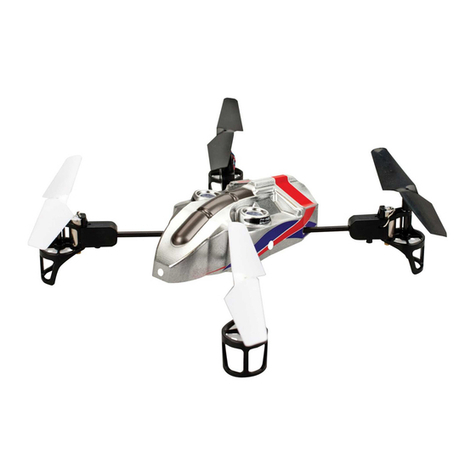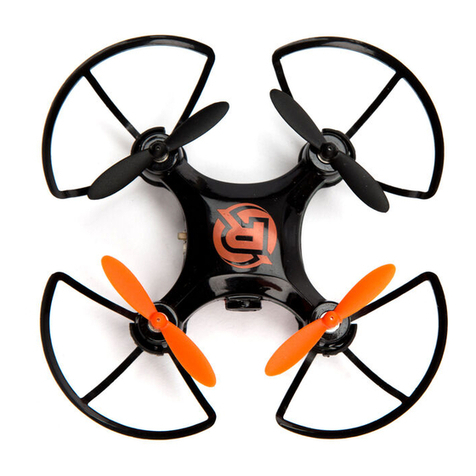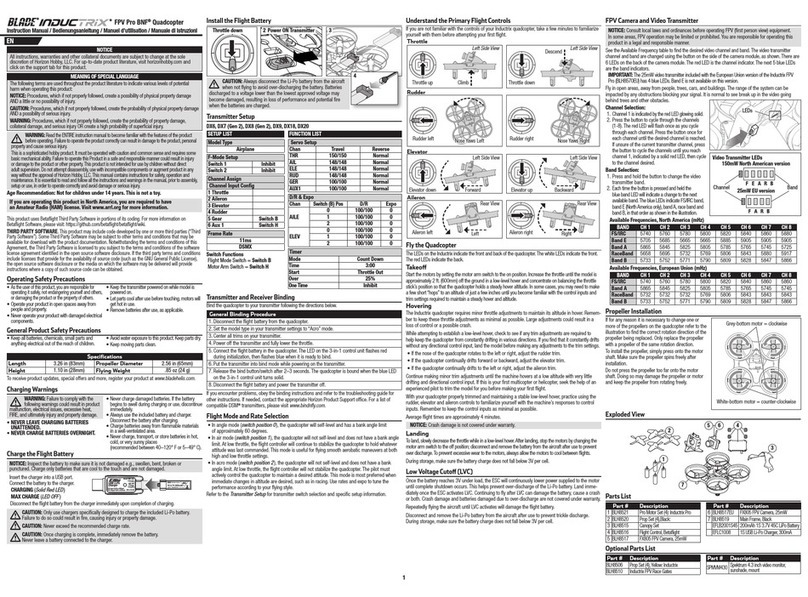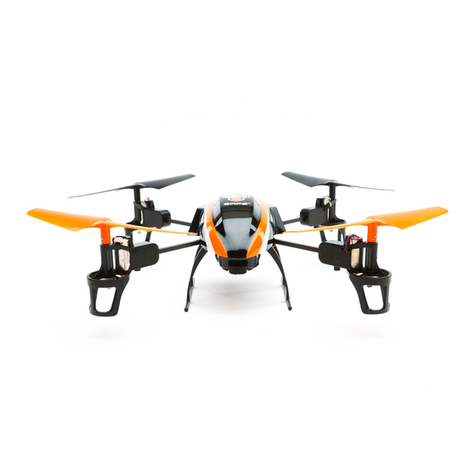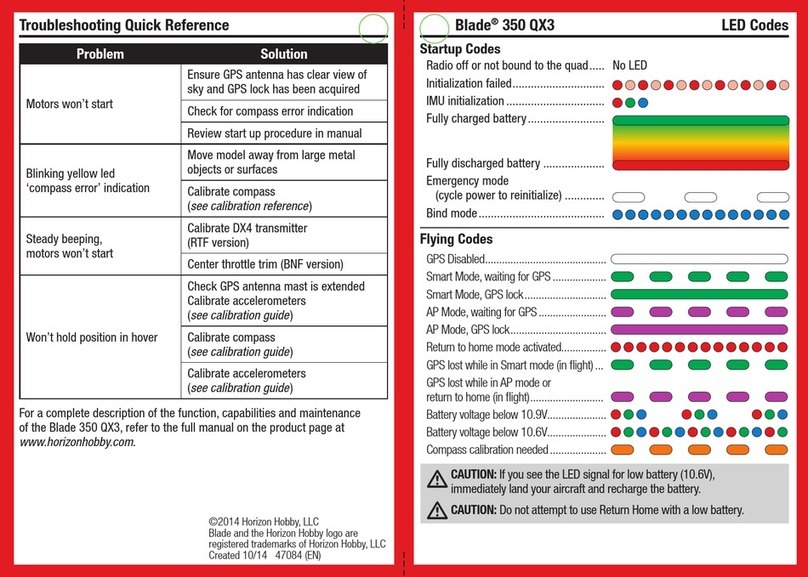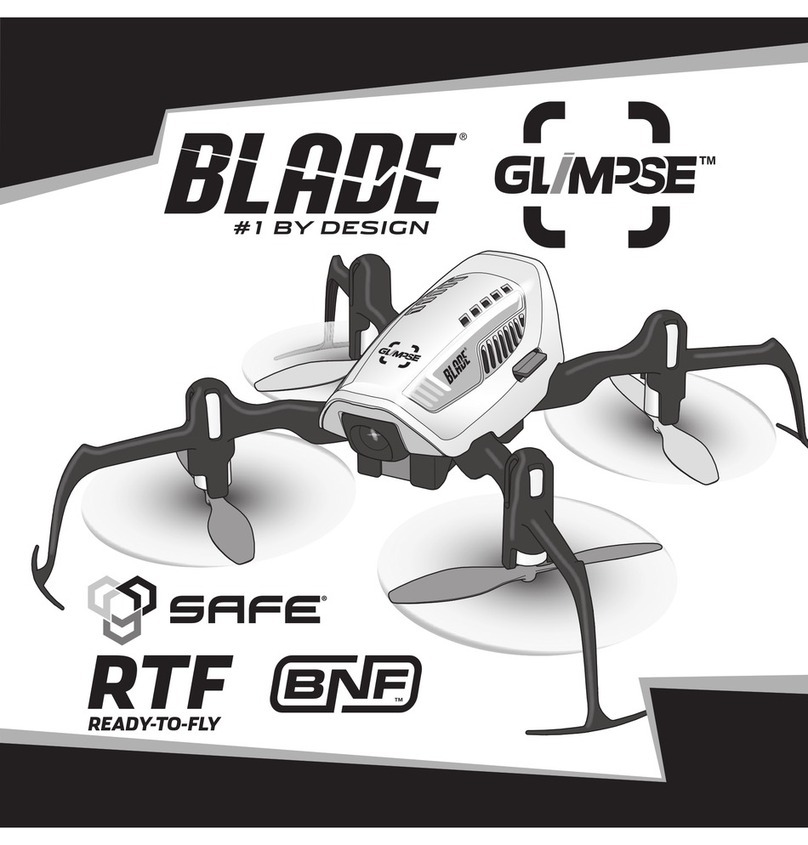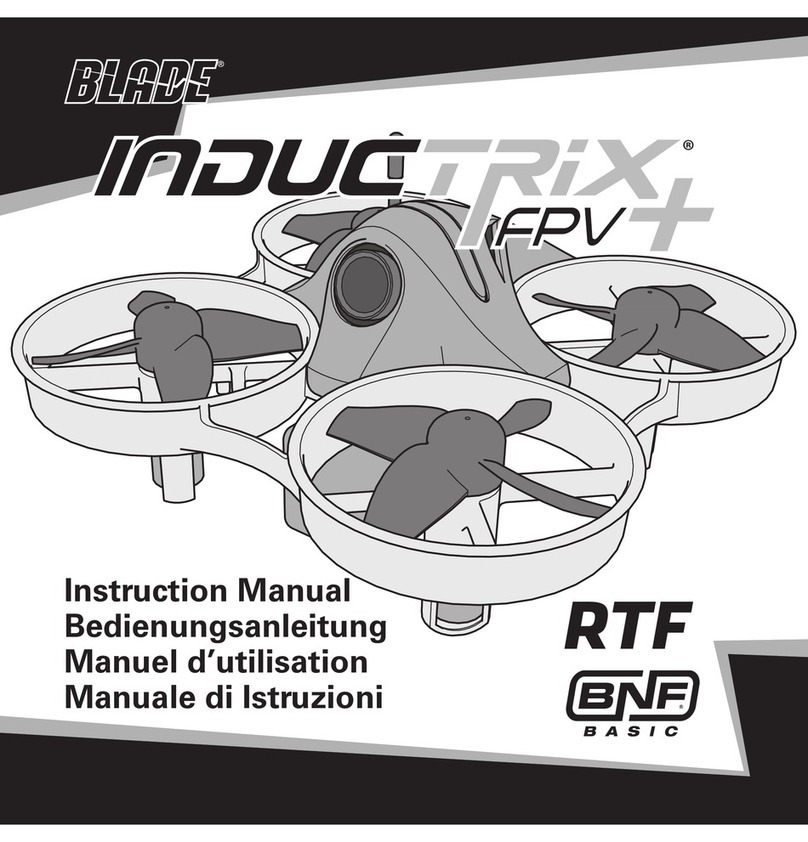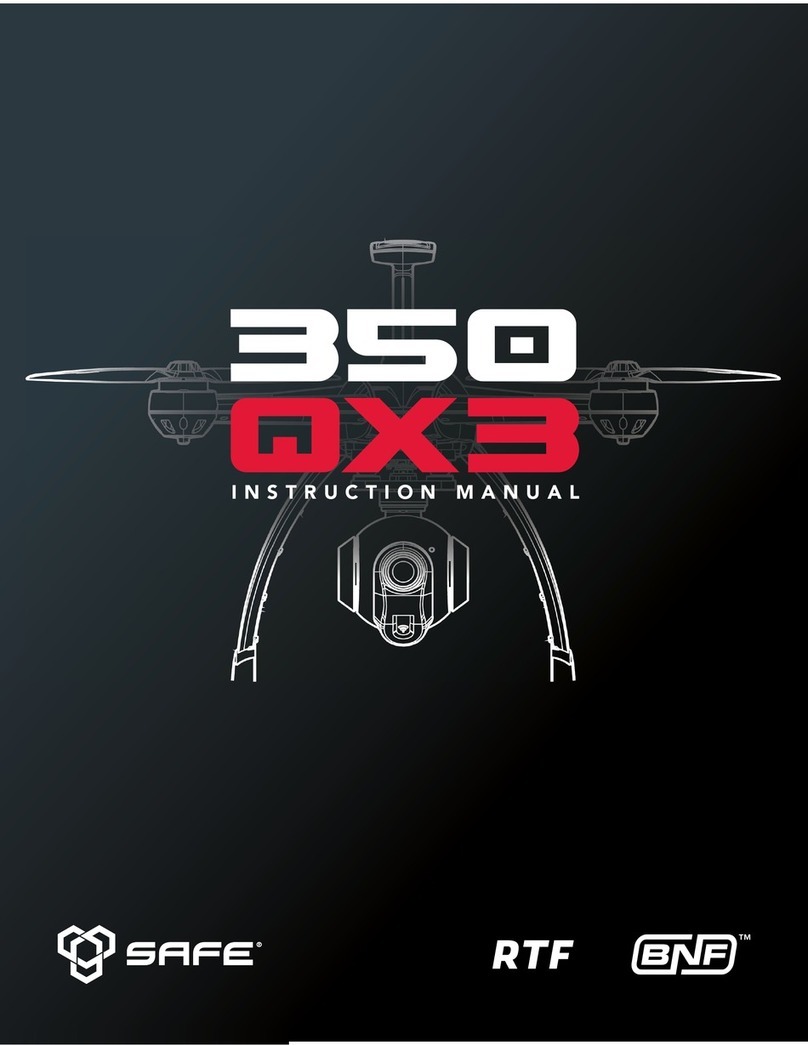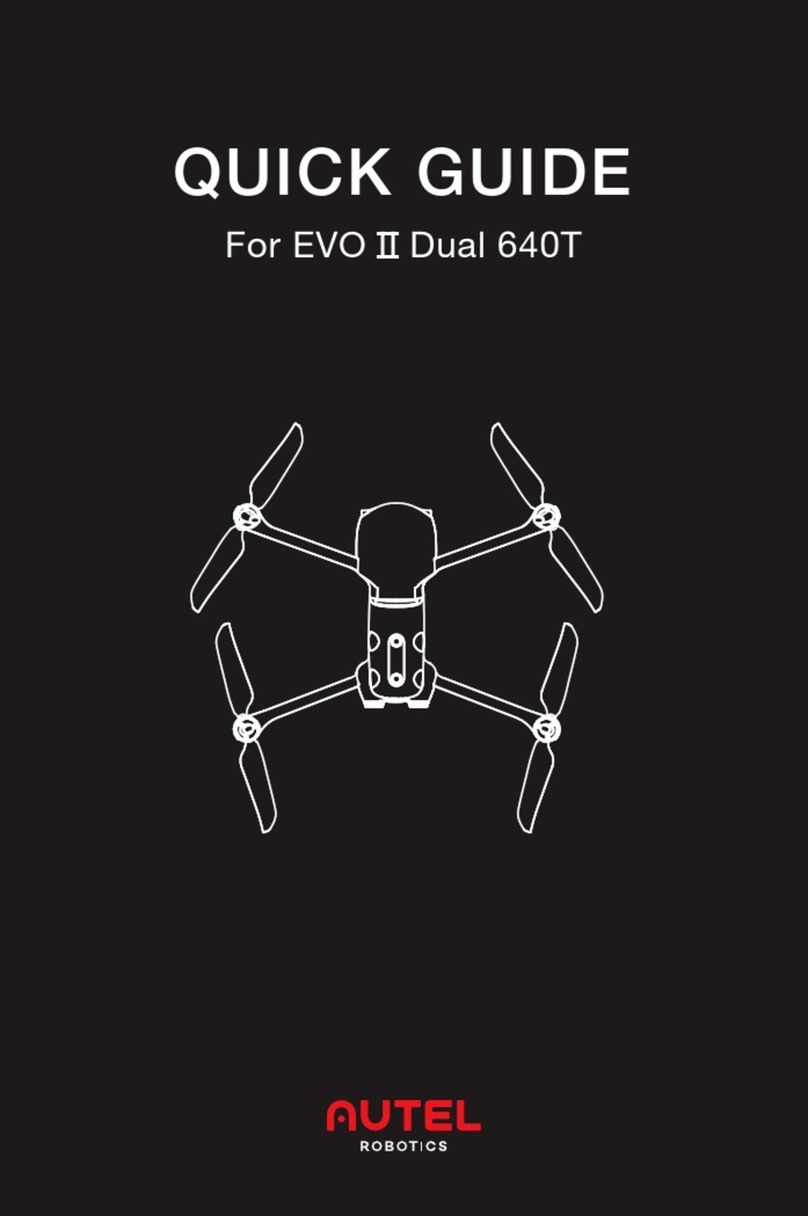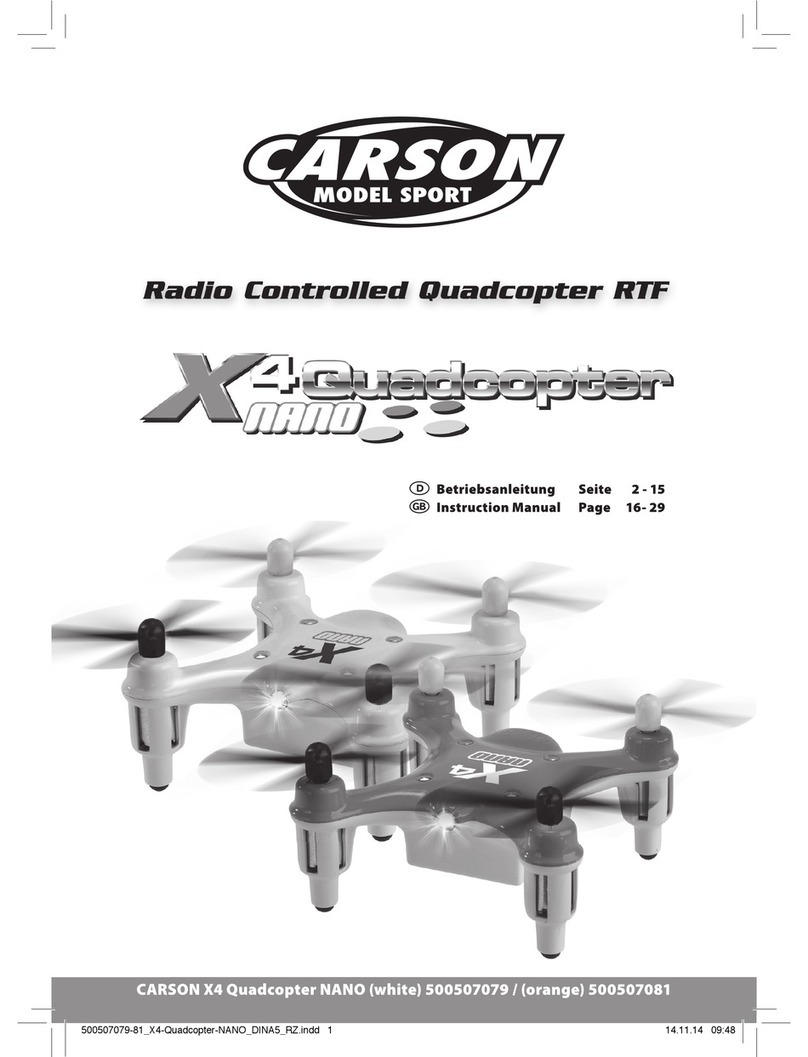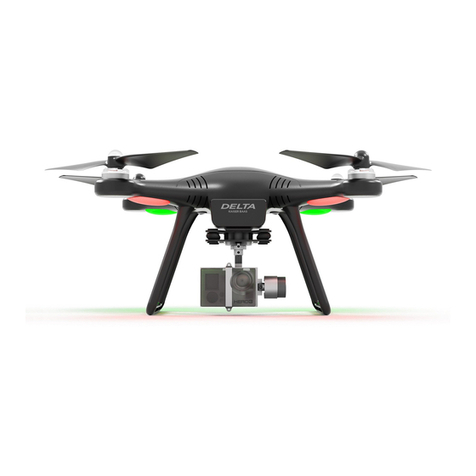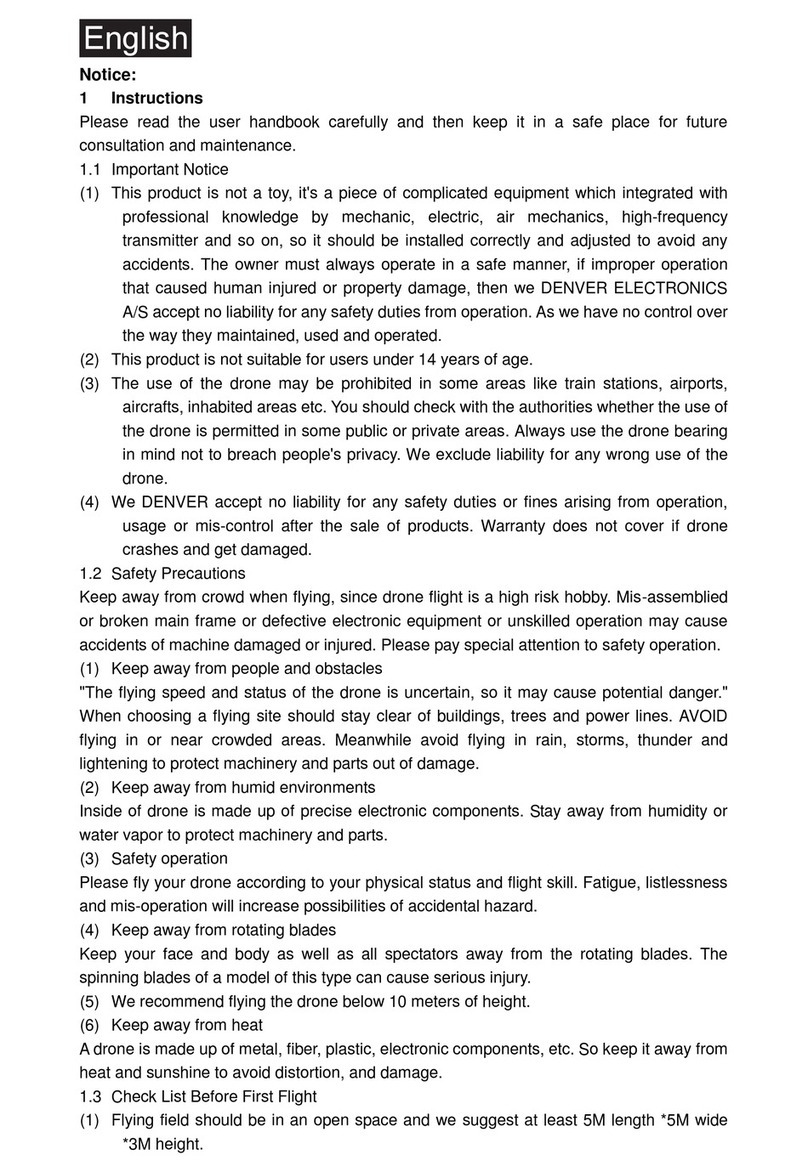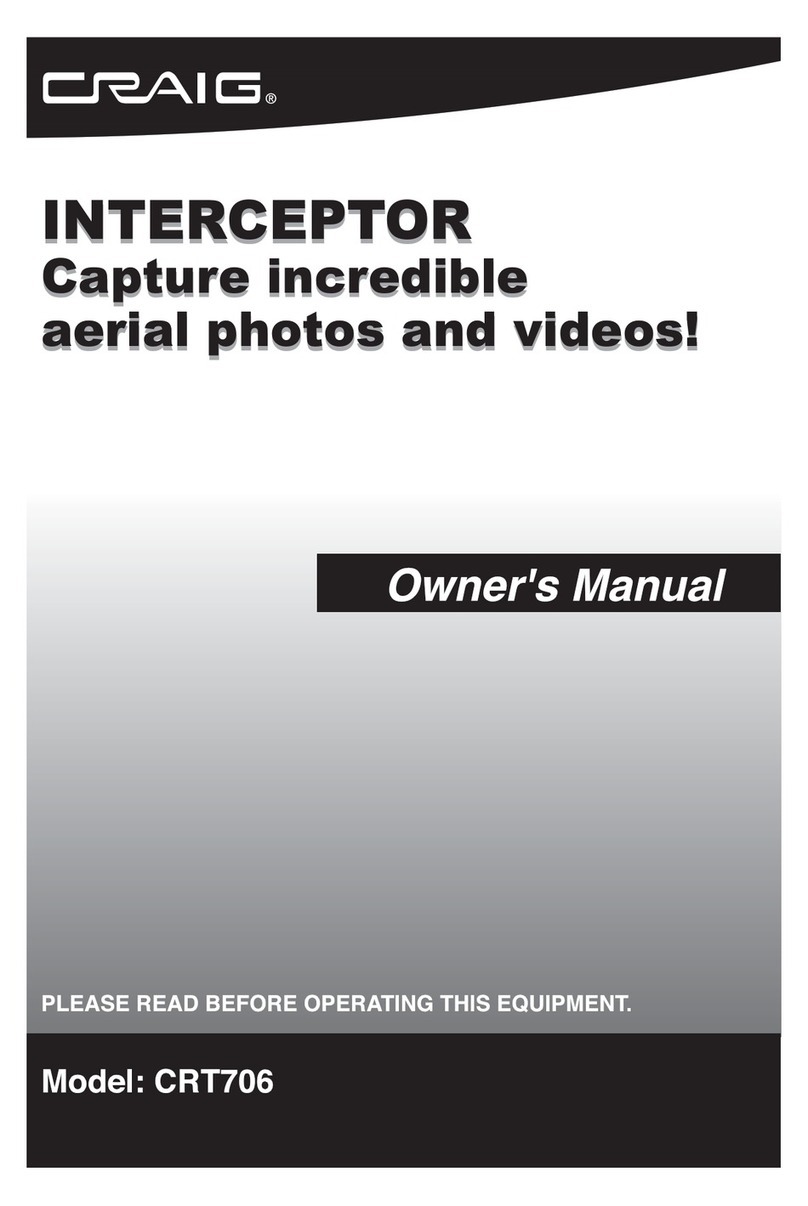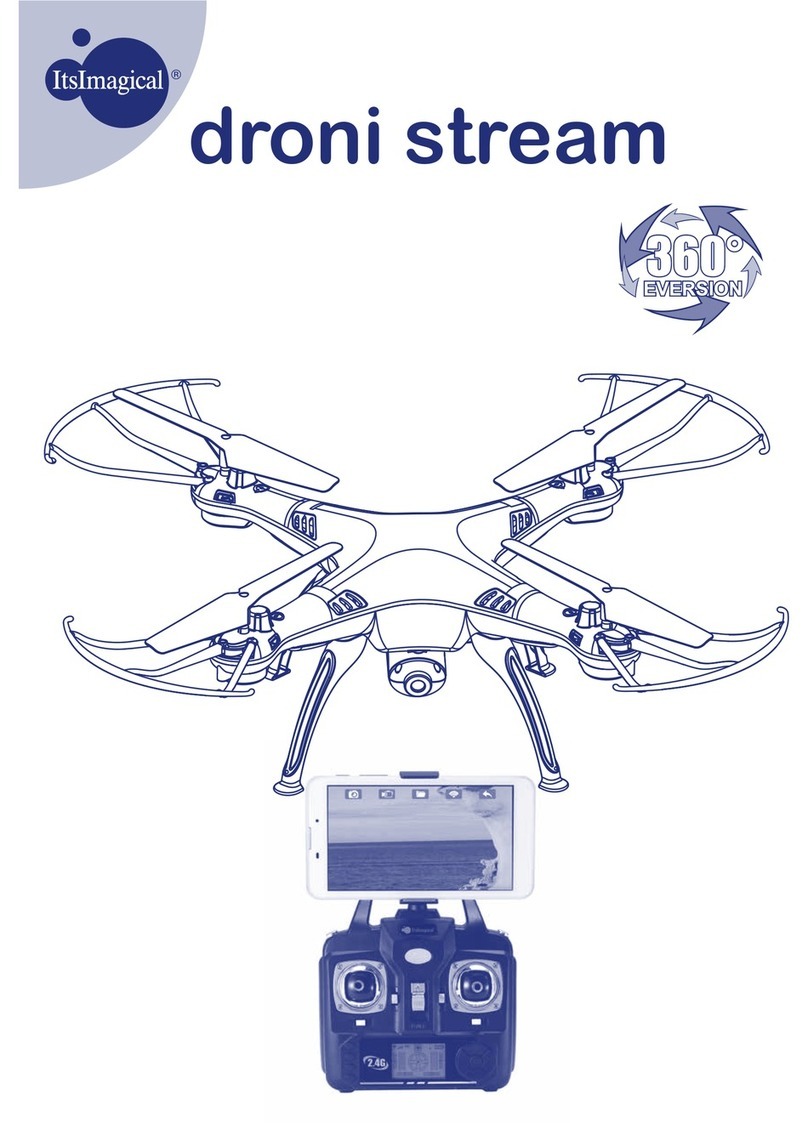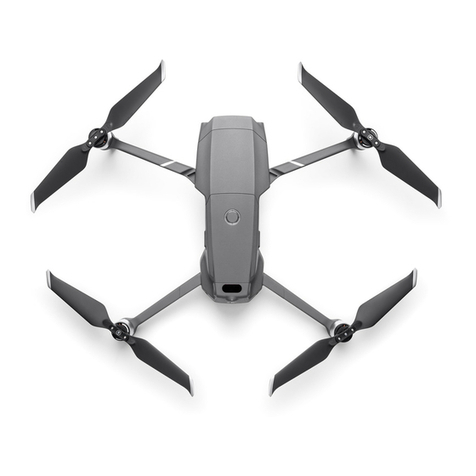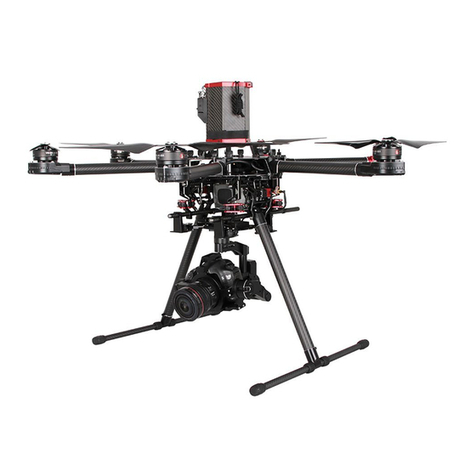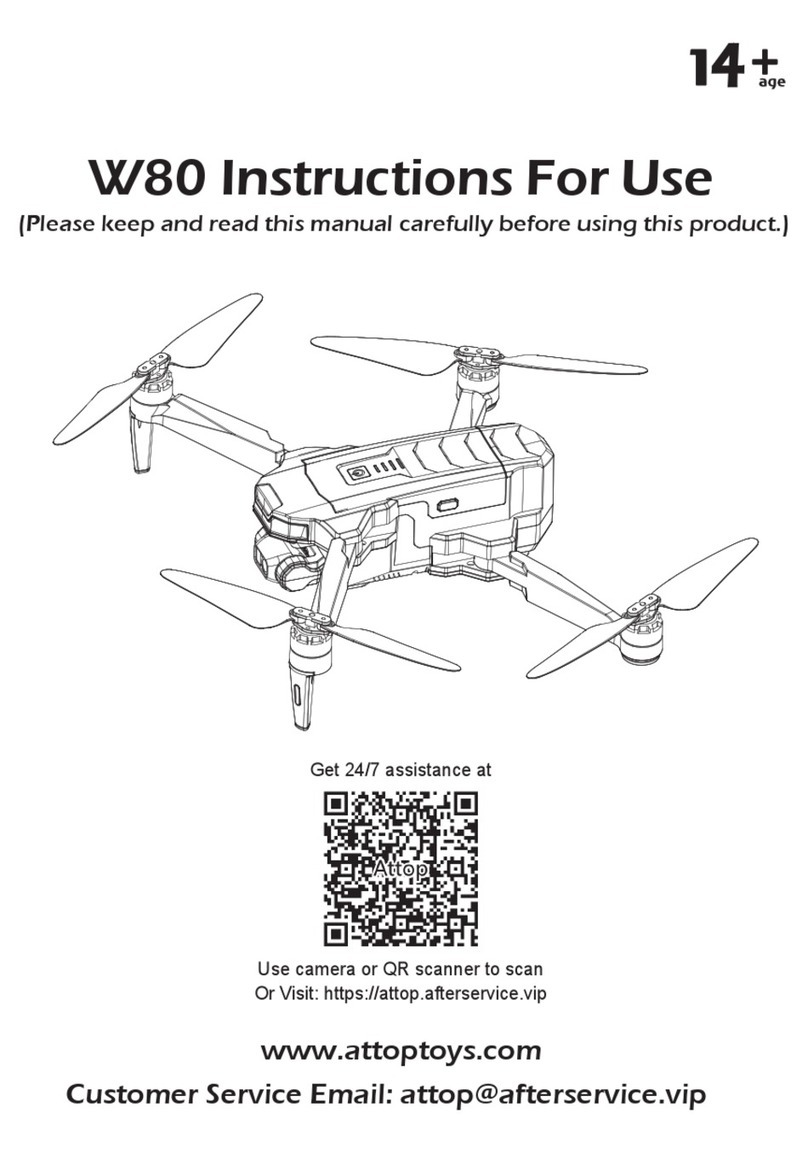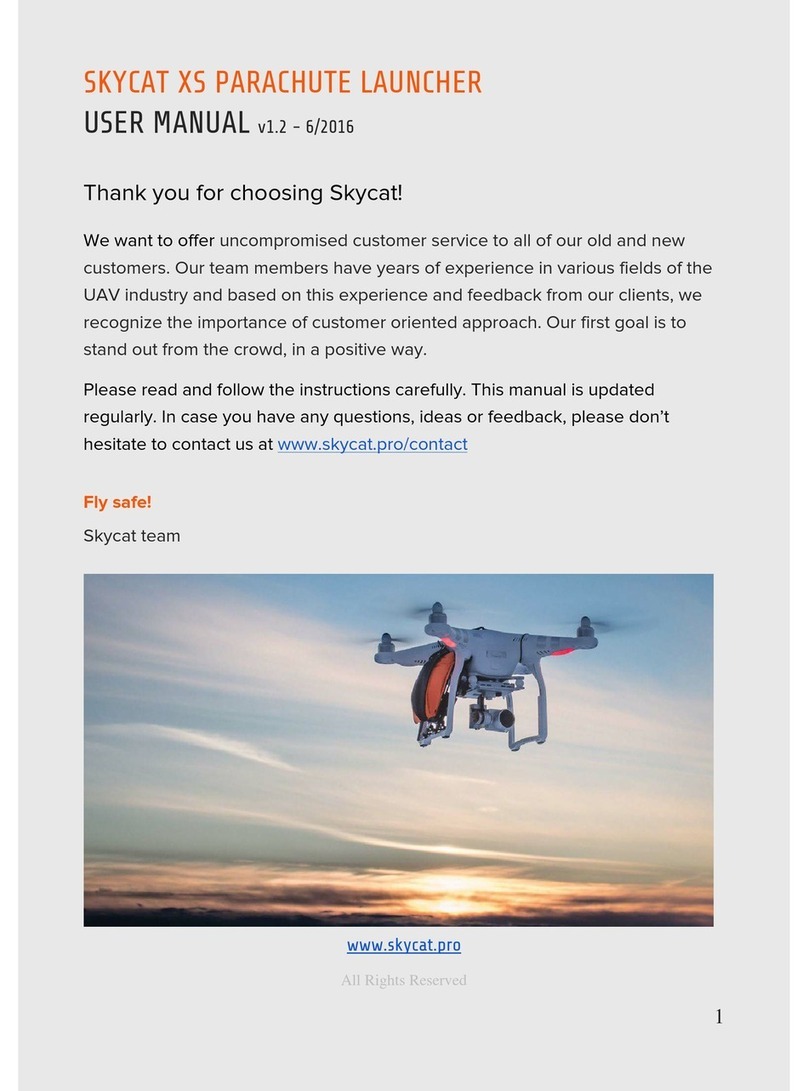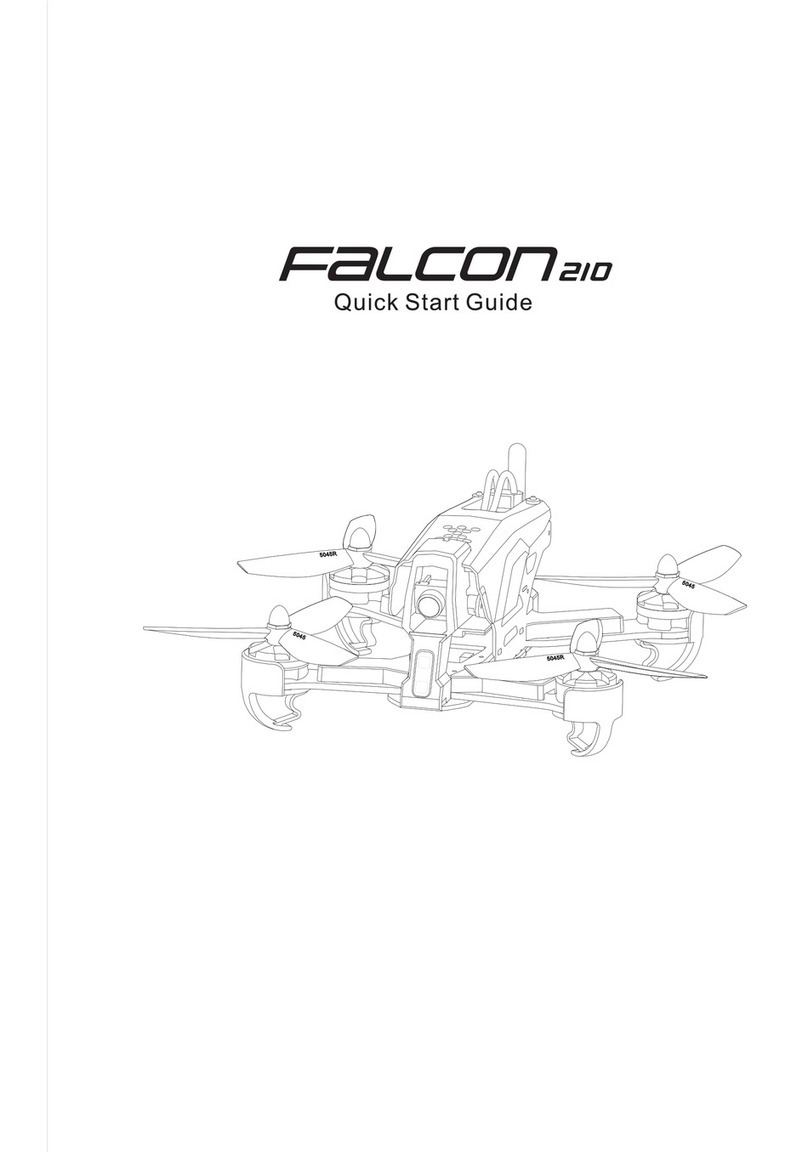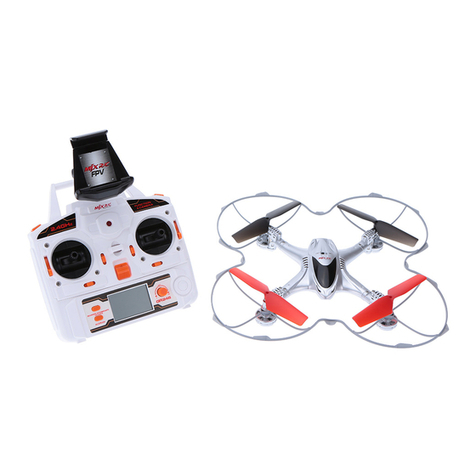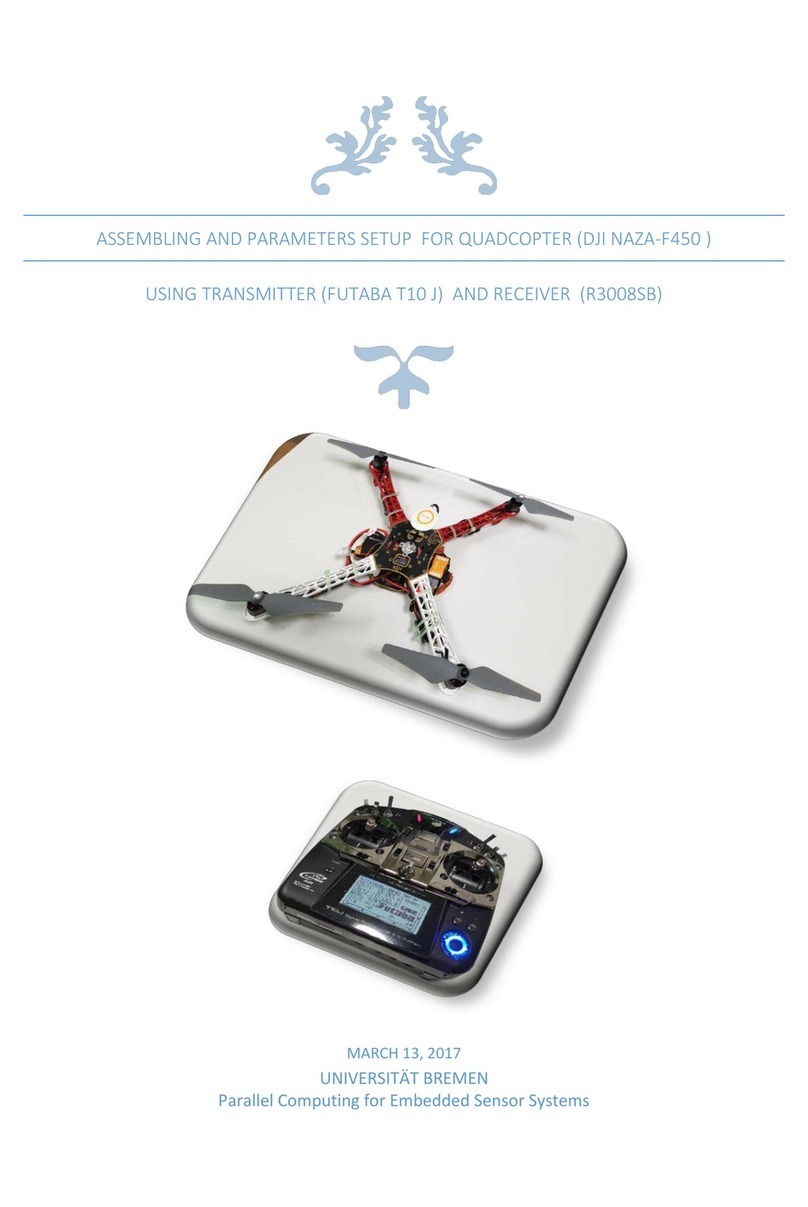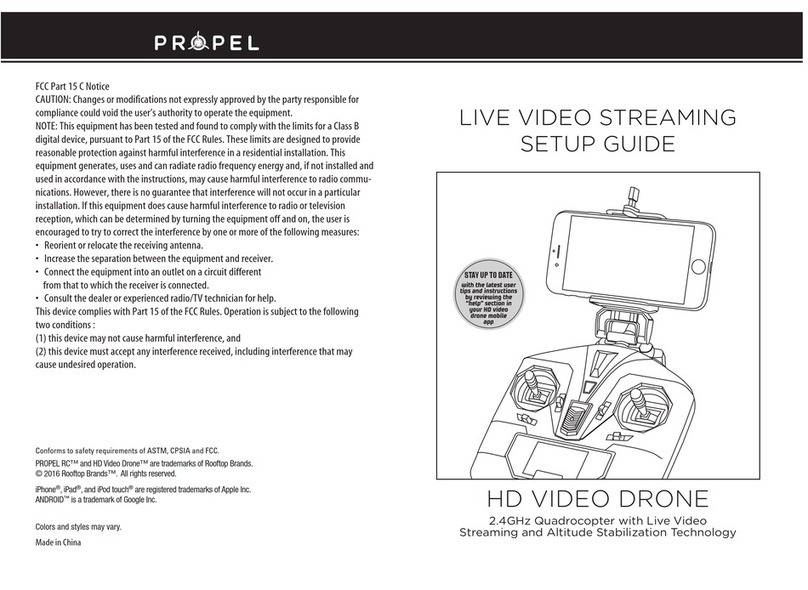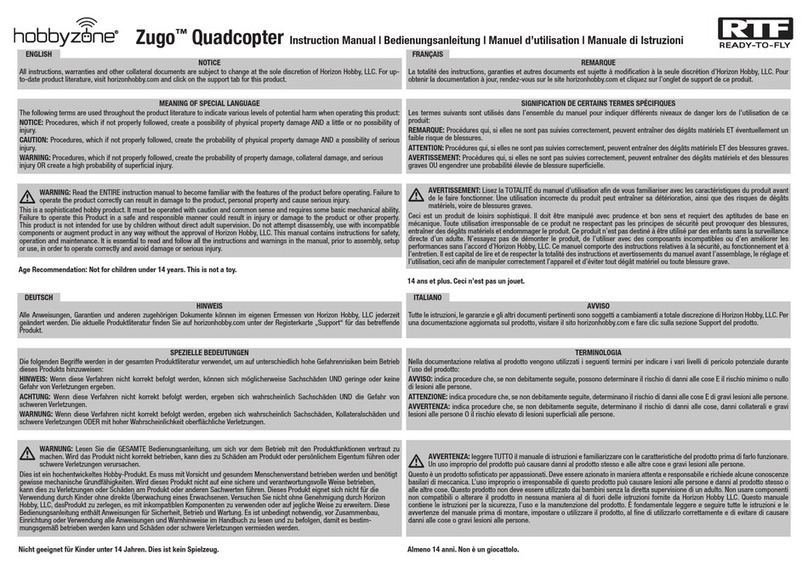4
EN
Box Contents
• Blade 350 QX
• Camera Mount
• 3S 11.1V 2200mAh Li-Po Battery Pack
• 2–3S DC Li-Po Balancing Charger
• DX5e DSMX 5-Channel Transmitter (RTF only)
• 4 AA Batteries (RTF only)
Charging the Flight Battery
Charging Warnings
E-flite®2–3S Li-Po Balancing Charger Specifica-
tions
• Input power: 10.5–15.0V DC, 3-amp
• Charges 2- to 3-cell Li-Po packs with minimum
capacity of 500mAh
E-flite 3S 11.1V 2200mAh Li-Po Battery Pack
The E-flite®3S Li-Po battery pack features a balancing
lead that allows you to safely charge your battery pack
when used with the included E-flite Li-Po balancing
charger.
CAUTION: The balance connector must be
inserted into the correct port of your charger
prior to charging.
The Battery Charger (EFLC3010) included with your quadcopter has been
designed to safely charge the Li-Po battery.
CAUTION: All instructions and warnings must be followed exactly.
Mishandling of Li-Po batteries can result in a fire, personal injury and/or
property damage.
• By handling, charging or using the included Li-Po battery, you assume all risks
associated with lithium batteries.
• If at any time the battery begins to balloon or swell, discontinue use imme-
diately. If charging or discharging, discontinue and disconnect. Continuing to
use, charge or discharge a battery that is ballooning or swelling can result in
fire.
• Always store the battery at room temperature in a dry area for best results.
• Always transport or temporarily store the battery in a temperature range of
40–120º F (5–49° C). Do not store battery or model in a car or direct sunlight.
If stored in a hot car, the battery can be damaged or even catch fire.
• Always charge batteries away from flammable materials.
• Always inspect the battery before charging
• Always disconnect the battery after charging, and let the charger cool between
charges.
• Always constantly monitor the temperature of the battery pack while charging.
• ONLY USE A CHARGER SPECIFICALLY DESIGNED TO CHARGE LI-PO BATTER-
IES. Failure to charge the battery with a compatible charger may cause a fire
resulting in personal injury and/or property damage.
• Never discharge Li-Po cells to below 3V under load.
• Never cover warning labels with hook and loop strips.
• Never leave charging batteries unattended.
• Never charge batteries outside recommended levels.
• Never charge damaged batteries.
• Never attempt to dismantle or alter the charger.
• Never allow minors to charge battery packs.
• Never charge batteries in extremely hot or cold places
(recommended between 40–120° F) or (5–49° C) or place in direct sunlight.
Low Voltage Cuto (LVC)
Low voltage cutoff (LVC) protects the Li-Po battery from over-discharge in flight
and activates when the battery reaches a preset value. When the battery is
discharged to the cutoff point, the aircraft will display rapidly flashing red, green
and blue LEDs to warn you it’s time to land. When you see this LED code, land
immediately to prevent over-discharge and damage to the battery.
When the LVC is activated, you have approximately 2 minutes until the battery is
depleted and can no longer maintain a hover. Repeated flying to LVC will damage
the battery.
NOTICE: Crash damage and battery damage are not covered under warranty.
IMPORTANT: Always disconnect and remove the Li-Po battery from the aircraft
after each flight. Charge your Li-Po battery to about half capacity before storage.
During storage, make sure the battery charge does not fall below 3V per cell.
A connected battery will result in trickle discharge.

